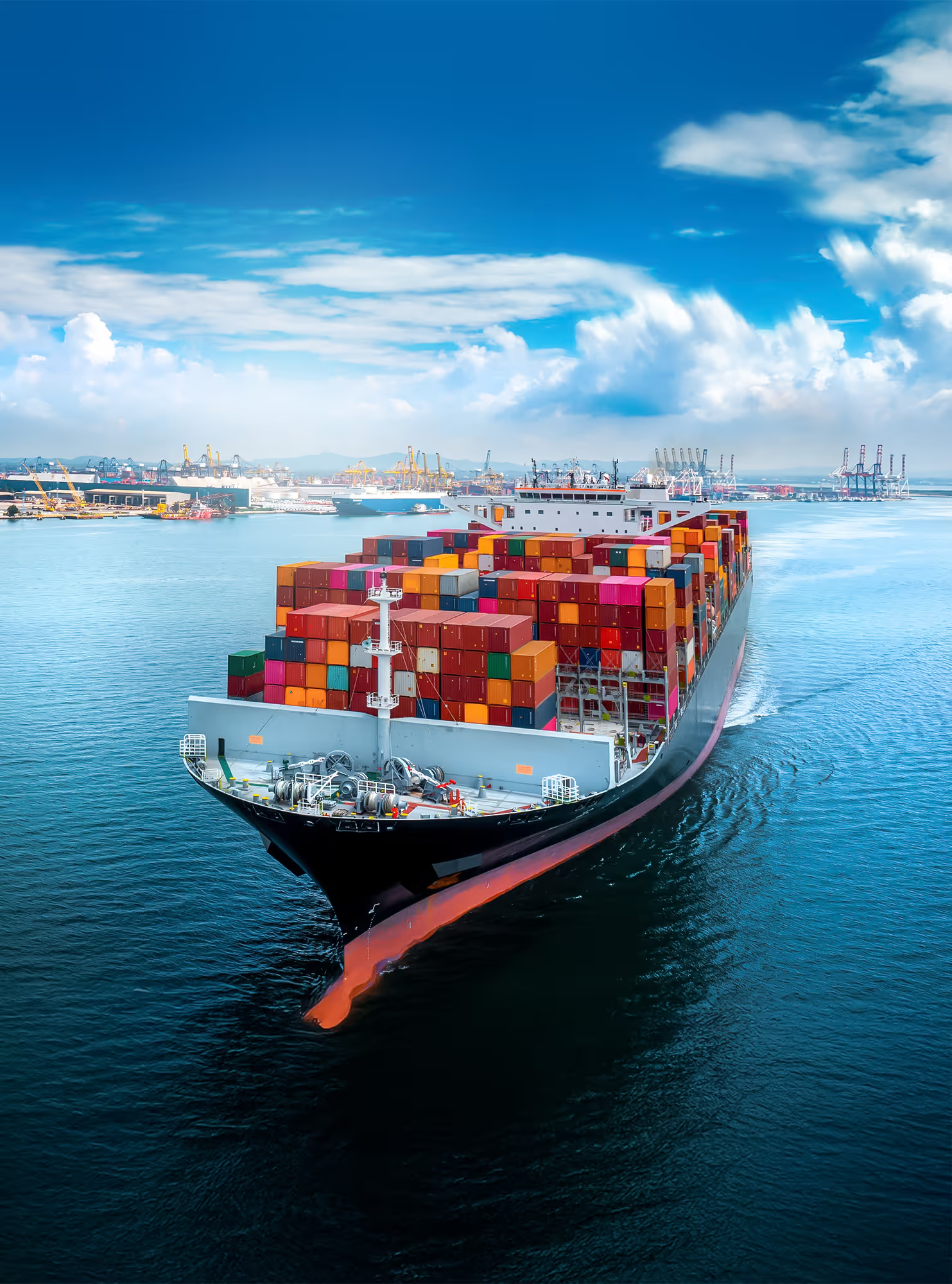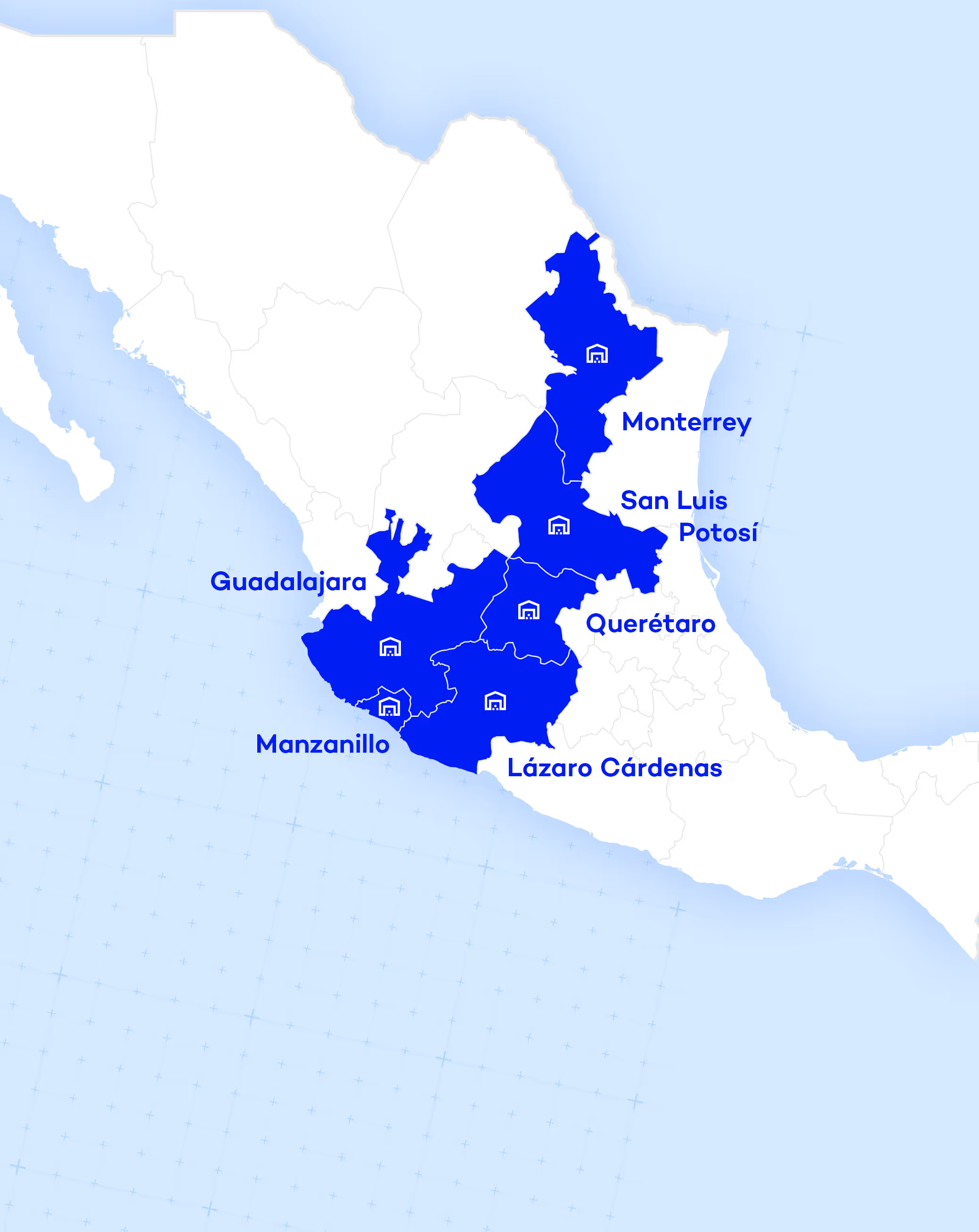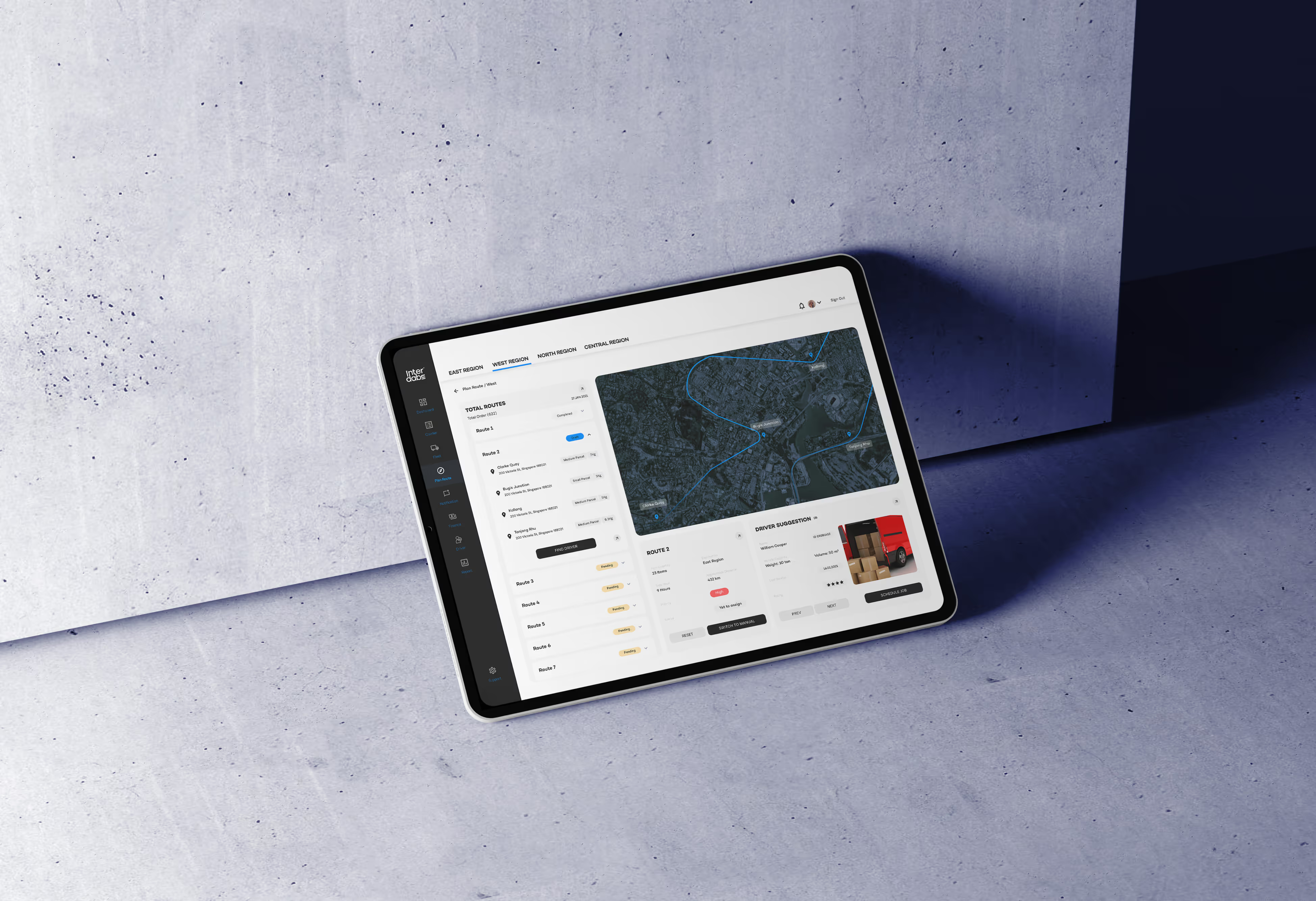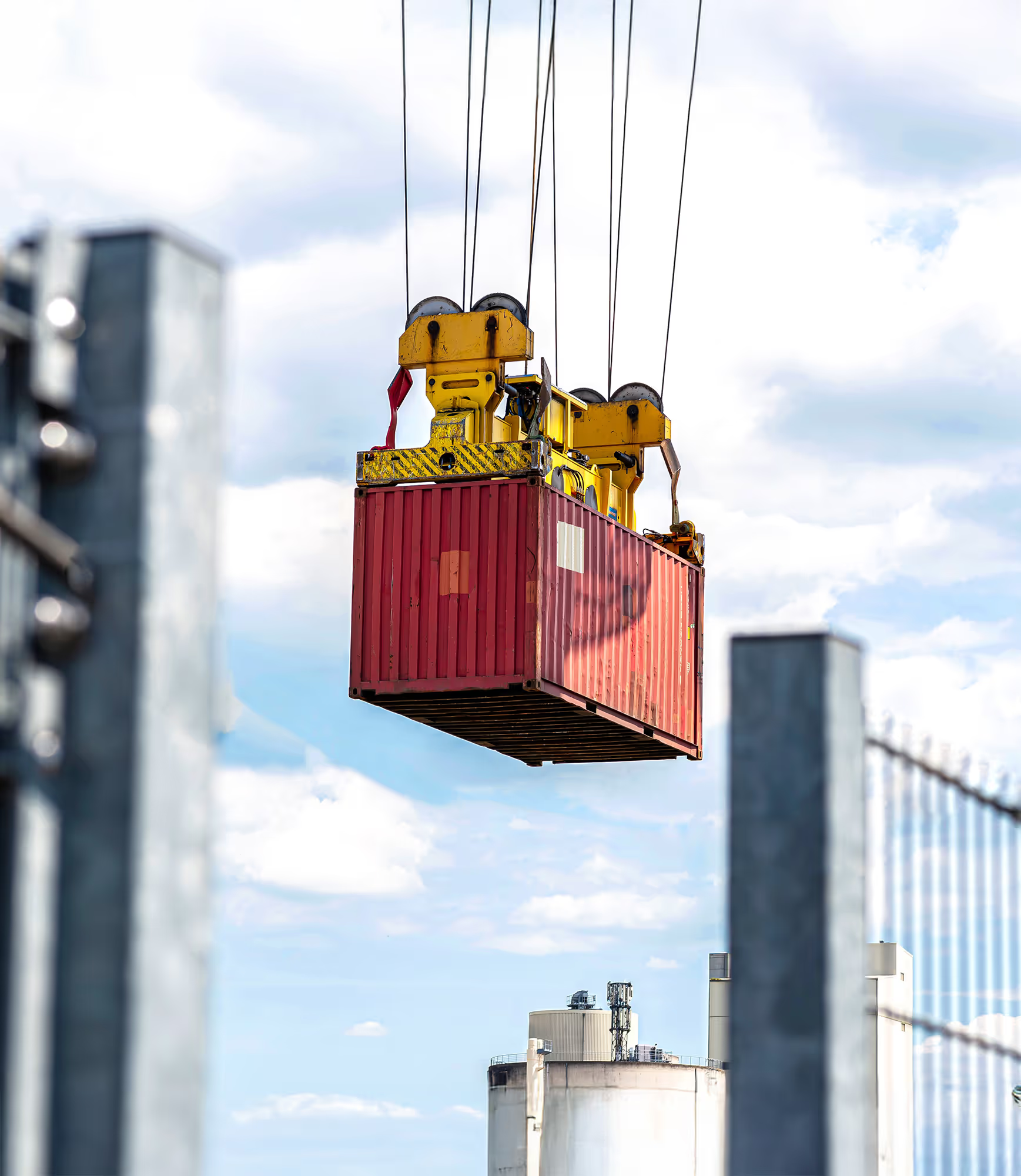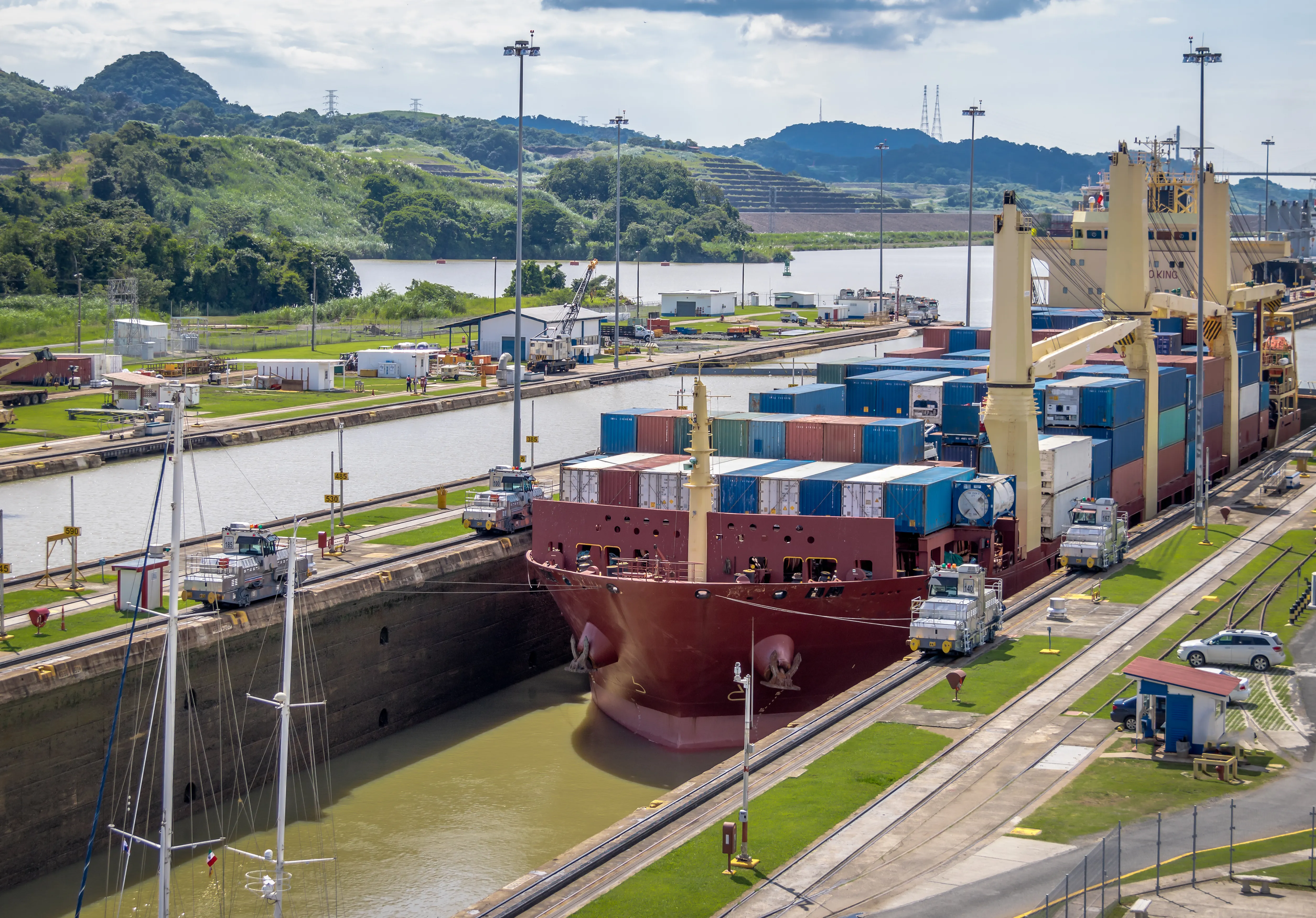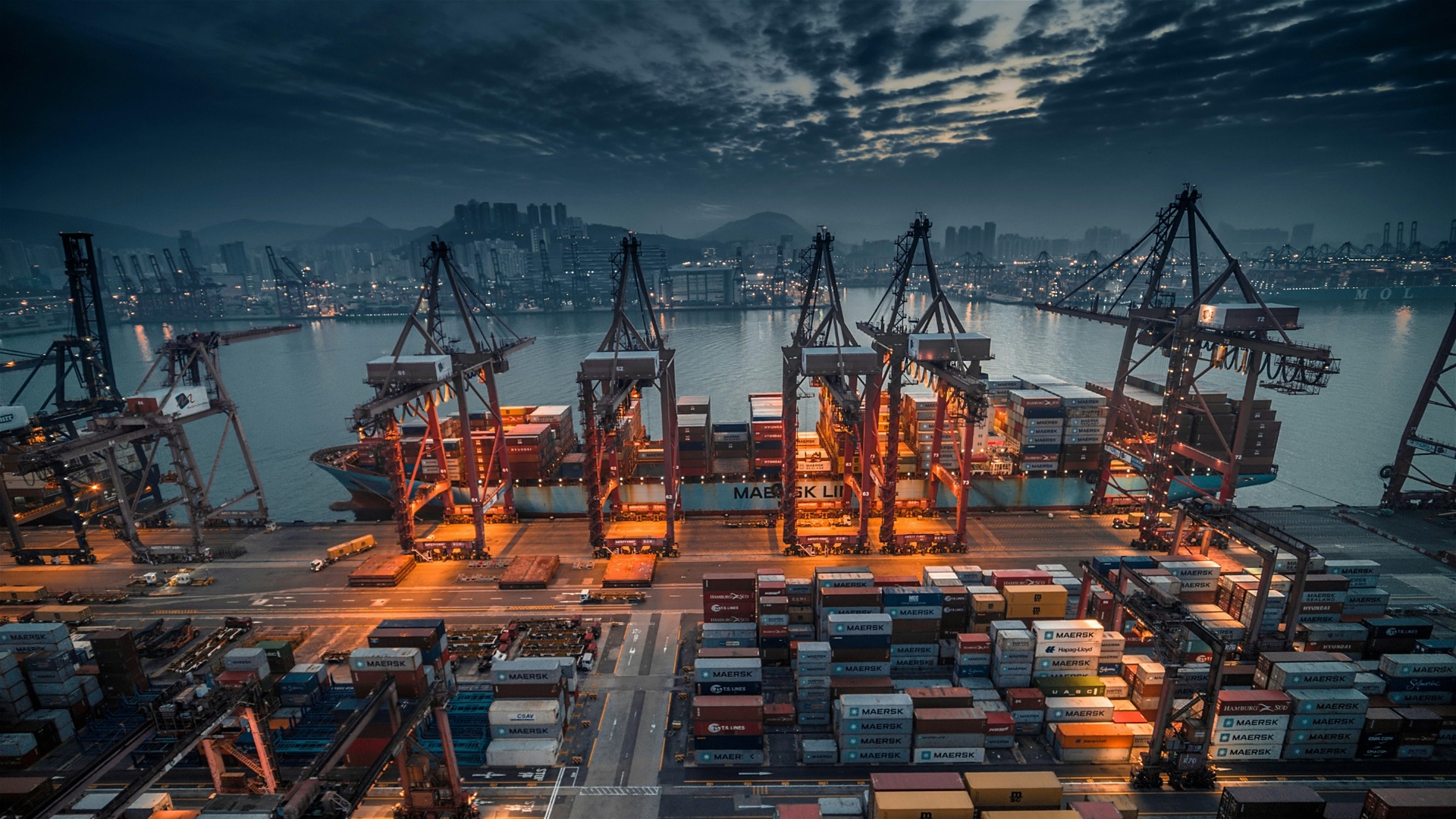Logistics Intelligence Bulletin | October 13, 2025 → October 20, 2025
In a scenario of increased regulatory pressure and tariff renegotiations in Mexico and North America, this coming week could define operating margins, strategic routes and systemic risks for the logistics chain. In this newsletter, we review the key events of the past seven days and outline the critical focuses that will mark practical decisions for forwarders, 4PL operators and foreign trade actors.
📰 What was relevant from the previous week
Approval in the Chamber of Deputies of the new Customs Law
The Chamber of Deputies approved the reform of the Customs Law with a robust majority, eliminating causes of exclusion from liability, raising sanctions and strengthening digital oversight obligations.
Key Impact: This reform is anticipated to be a turning point for customs agents, logistics operators and forwarders, as it accentuates the need to strengthen internal controls, compliance systems and document monitoring. For RORO/LoLolo loads, the risk of retention and revisions increases, so the margin of operational error must be reduced.
SOURCE: El País.
New X-ray controls and customs laboratories
The government announced the installation of X-ray equipment at customs and the creation of 14 laboratories for substance analysis, as a measure to close leaks during merchandise inspection.
Key Impact: Operationally, these actions entail longer inspection times, potential logistics delays and additional document management burden for operators. It is key to anticipate sensitive loads, plan buffers with time margin and consider lower-use routes or customs with lower saturation.
SOURCE: El País.
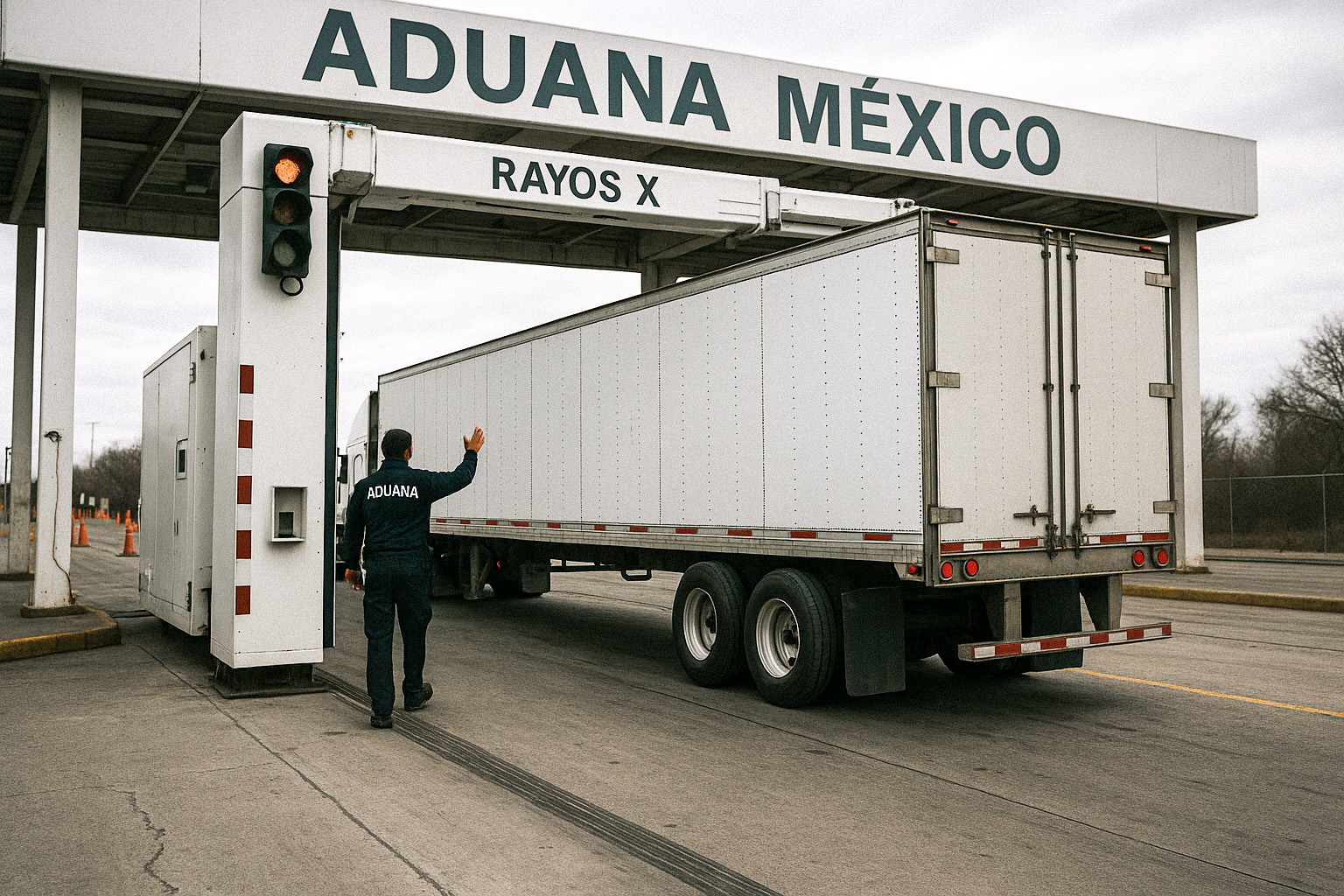
Mexico revises plan for tariffs on Asian imports
The Mexican government has temporarily stopped approving the tariff package on 1,500 products (including cars, plastics, textiles and steel) from China and other countries, to negotiate modifications and avoid retaliation.
Key Impact: While this tariff package is on hold, there is uncertainty for companies that import inputs, components or finished goods from Asia. Logistic actors must model alternative scenarios (changes of origin, indirect routes or other ports) and monitor legislative progress.
SOURCE: Reuters.
{{customs}}
High risk due to tariffs on imported trucks
The possibility has been revived that the U.S. The U.S. imposes a 25% tariff on trucks imported from Mexico, which could severely affect the export of heavy equipment.
Key Impact: For manufacturers, operators of cargo, design and transportation of heavy equipment, this represents a risk of disruption in Mexico‑EE logistics flows. UU. It is imperative to adjust projected margins, evaluate contingency plans and consider alternative logistics scales.
Source: Expansion.
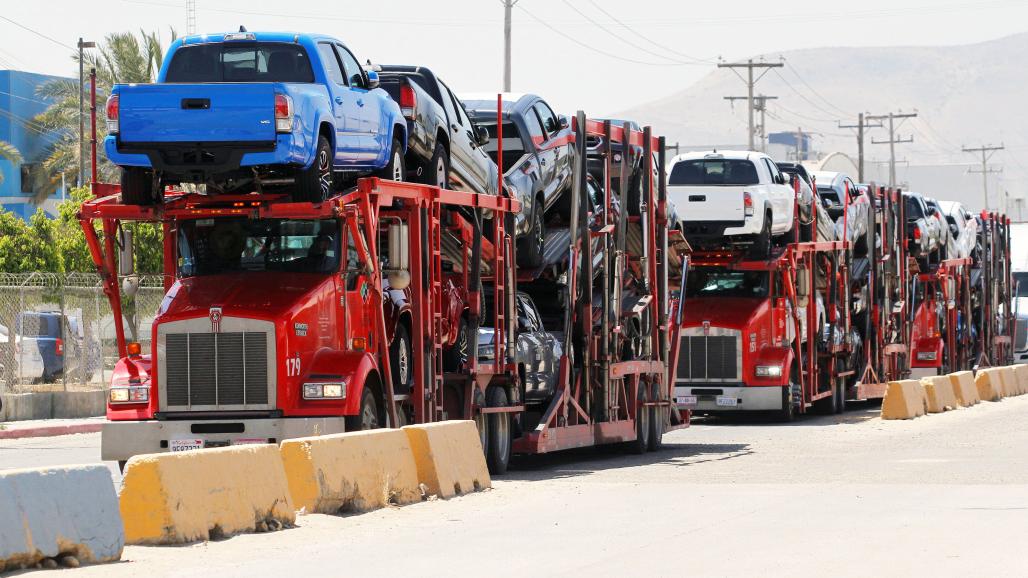
Pacific ports gain prominence
A recent report points out that Mexican Pacific ports are consolidating as the most dynamic entry nodes for goods, while Veracruz loses volume to transpacific routes.
Key Impact: For LoLo operations, container traffic and maritime connections, this port redistribution requires rethinking internal haulage logistics, land routes to consumption points and compatibility with railways. 4PL operators and forwarders that have multimodal capacity gain an advantage.
SOURCE: Expansion.
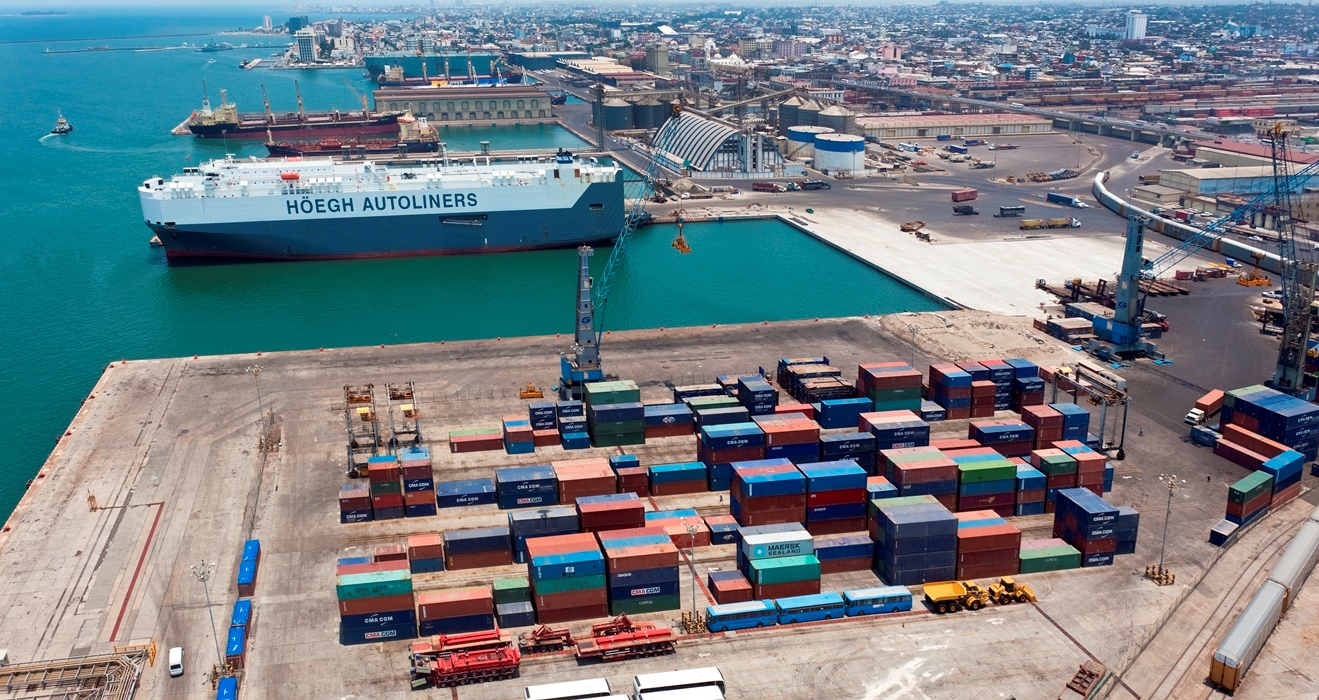
🇲🇽 The highlights of the DOF
The editions of the DOF during the last week did not produce new publications with an immediate impact on foreign trade or logistics regulations in addition to the announced reforms. However, it should first be noted that as of October 3, 2025, the SAT published the definitive global list in accordance with Article 69-B, with 44 taxpayers in definitive status. This list impacts the tax compliance and surveillance of certain actors' international operations.
📡 In the spotlight this week
Discussion in the Senate on customs reform
It is expected that the bill approved in Deputies will be turned to Senate committees this week, with reservations submitted and possible modification. It will be crucial to monitor the final opinion, as it could include sensitive adjustments to the customs regime.
Possible publication of tariff decrees or compensatory agreements
Given the delay of the Asian tariff package, a complementary decree could be released with transitional rules, exclusions or technical adjustments that modulate the impact. These decrees can define deadlines, criteria of origin and sectorization.
Global economic report and alert in the global logistics chain
International organizations (WTO, IMF) are expected to publish trade estimates that could reveal changes in trends in world trade, with an effect on logistics droughts, freight costs and demand for strategic routes.
📈 The key facts
Economy — Projected Growth in Mexico 2025
The World Bank raised its growth estimate for Mexico to 0.5% for 2025, in the face of a moderate improvement in investment and exports. This limited growth, in a fragile foreign trade environment, requires efficiency, cost control and prior strategy in the face of disruptions.
SOURCE: El País.
Logistics — AI-linked commerce drives new global routes
The WTO projects that goods related to artificial intelligence will be one of the engines of global trade in 2025, with an estimated growth of 2.4%. This opens up opportunities for 4PL operators and forwarders that integrate technological value chains, specialized transportation and vertical logistics services.
SOURCE: WORLD TRADE ORGANIZATION.
🔍 Interdabs Strategic Vision
The confluence of customs regulatory pressure, tariff risk and port reconfiguration requires logistics actors and operators in Mexico to adopt a resilient mentality. For project loads, RORO/Lolo operations or specialized foreign trade, it is urgent to:
- Map alternative routes, less saturated ports and multimodal schemes under pressure on traditional routes.
- Simulate impact scenarios (e.g., customs delays, tariffs, inspections) with operational buffers and plans B.
- Strengthen compliance technology, document traceability and regulatory oversight as part of the value service.
- Be close to the client with strategic advice to anticipate regulatory alerts, ensuring operational continuity.
Interdabs positions itself as an ally that monitors, anticipates and accompanies this transition. Not as a mere transport provider, but as a strategic facilitator for each customer to adapt without losing competitiveness. Thank you for reading to us. May this week allow you to move with strategic vision, safe operations and smooth routes.
Everything your logistics needs






